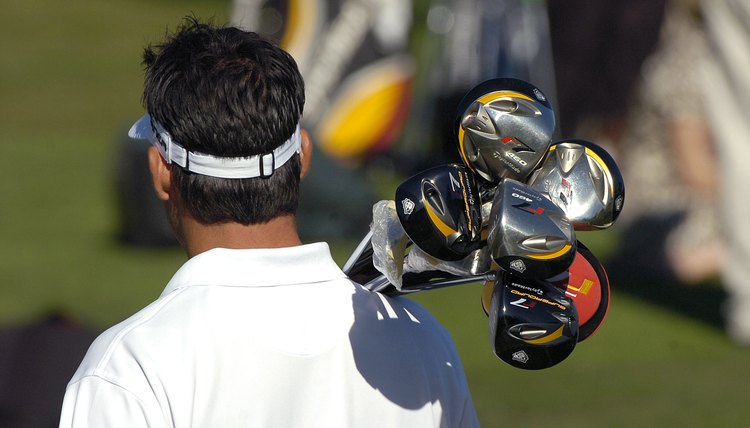When choosing a driver, it is essential to understand the different aspects of the club and the terminology used to describe them. Most golfers are looking for distance and accuracy in a driver, but all players are not the same. Some features of a driver will benefit certain individual players, while other features are designed to benefit others.
Clubhead Loft
Drivers can have different lofts to determine the trajectory of the ball after impact. This loft angle is formed between an imaginary vertical line and the club face. The driver, sometimes called a 1 wood, is the lowest-lofted club a player will carry.
To achieve distance, the golfer wants to hit the ball in a forward direction and not lose energy in greater height in the trajectory. However, the lower the loft, the harder the club is to hit.
Swing Speed
Golf pros measure the swing speed with a launch monitor to determine the optimum loft of a driver for an individual golfer, Upon impact, energy and momentum are transferred from the clubhead to the ball. An advanced player may be able to handle a clubface with a loft angle of 9.5 or higher, while a high handicapper with a slower swing speed might need a driver with up to 13 or 14 degrees of loft.
Sweet Spot Technology
New materials and clubhead design provide the golfer with more forgiveness of miss hits.
Today’s clubhead is much larger than in past years measured in cc size, allowing for a larger sweet spot.
Lightweight titanium is used in many larger clubheads. The largest acceptable head size is 460cc.
Driver Shaft
Steel shafts are designed for the middle handicapper with an average swing speed. They provide more control and consistency, but they require a faster swing speed than graphite shafts to achieve the same distance.
Graphite shafts are lighter and add power to the swing speed, so they are popular with women and senior men. They are also more flexible, and the added distance may come with less control. Graphite shafts are typically more expensive than steel shafts. Newer technology has produced multi-material shafts with characteristics of both steel and graphite.
Adjustable Weights
Some new drivers come with adjustable weights like tungsten inserts behind the face of the club.
These weights, or plugs, add to the sweet spot and change the ball flight.
The farther away from the face the weight is placed, the higher the trajectory of the ball. Weights can be changed at the beginning of the round, but must be in place for the entire 18 holes to comply with PGA regulations.

